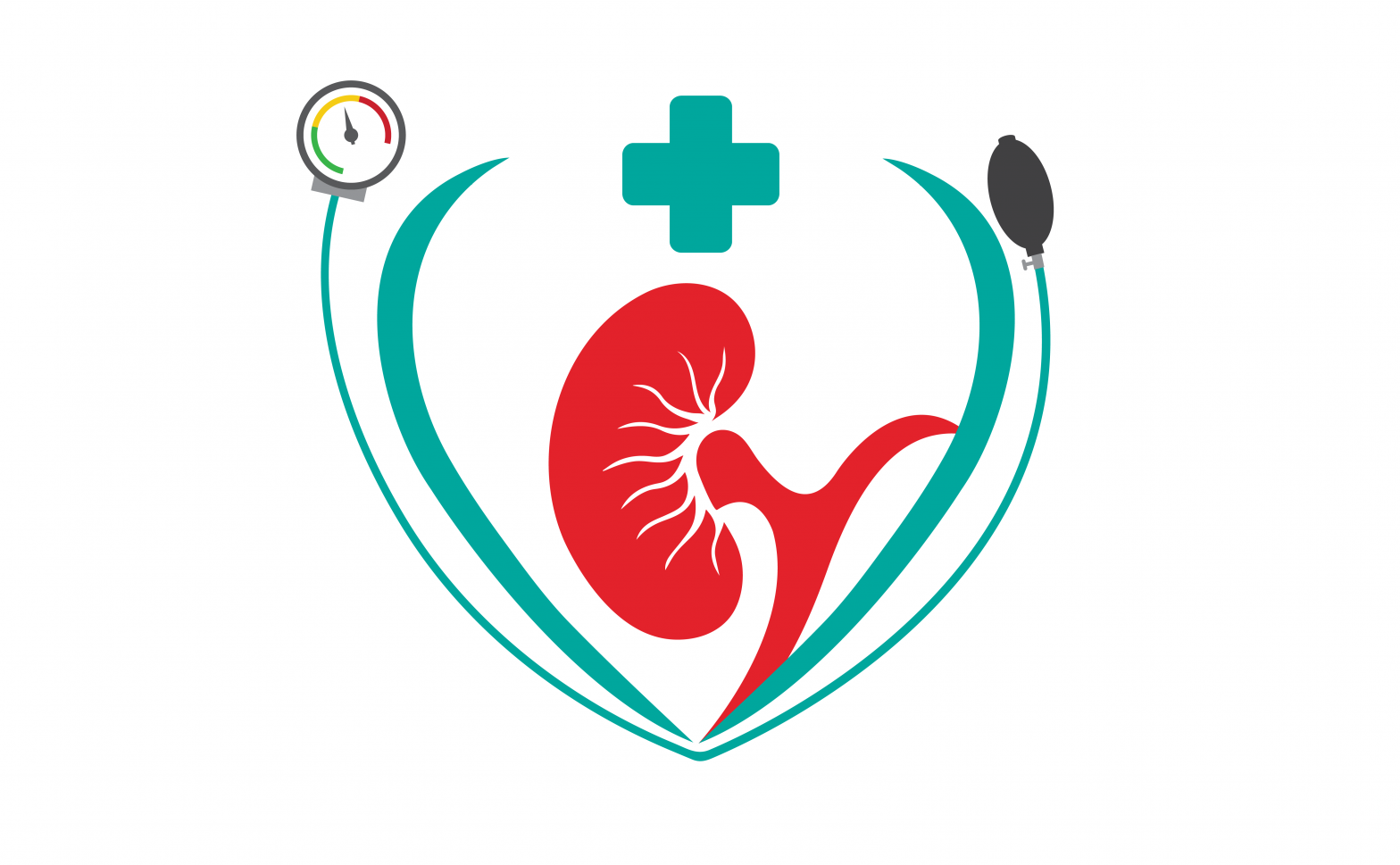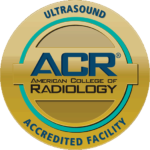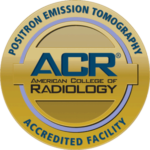
There are many reasons why someone may have hypertension (high blood pressure). Did you know that an underlying problem with your kidneys could be one of them? Kidneys help your body control your blood pressure. When your kidneys aren’t working as they should, they cannot control your blood pressure as well, which can lead to more problems.
As with any illness or condition, proper diagnosis is key to coming up with a treatment plan that will work. In many cases of high blood pressure, doctors may recommend medication known for controlling blood pressure as a first step to fix the problem. If during a follow-up appointment the medicine doesn’t seem to be working, they may switch medications or change how much you are taking, without properly looking into the main cause of the problem.
That’s why we are dedicated at UDMI to doing tests that can correctly diagnose many conditions, including kidney disease.
There are several kidney problems that may cause high blood pressure. Two of these conditions are intrinsic acute renal failure (ARF) and stenosis of the renal arteries.
Intrinsic Acute Renal Failure and High Blood Pressure
Intrinsic acute renal failure (ARF) happens when there is damage to the kidneys that causes them to suddenly stop doing their job. High blood pressure can be a symptom of ARF, as diseased kidneys are less able to help control blood pressure, causing it to rise.
Also, if you have ARF, high blood pressure makes it more likely that your kidney disease will get worse.
Renal Artery Stenosis and High Blood Pressure
Another type of kidney disease that may cause high blood pressure is renal artery stenosis (RAS). The renal arteries are the arteries that bring blood to the kidneys. Stenosis means that the arteries have become narrower than they should be, making it harder for blood to move through them. According to the National Institute of Diabetes and Digestive and Kidney Diseases, 90% of RAS is caused by a build-up of a fatty substance called plaque. This is called atherosclerosis. RAS may also be caused by fibromuscular dysplasia. In this condition, the muscle in the artery wall grows unusually. This may cause the arteries to be narrow in some places and wider in others.
Renal artery stenosis is related to a certain type of high blood pressure called renovascular hypertension. When the renal arteries narrow, less blood gets to the kidneys. This causes the kidneys to react as if blood pressure is low. They then wrongly tell the body to hold on to more salt and water. This makes blood pressure rise.
Most people with renal hypertension never feel symptoms. As a result, a doctor may think someone has renal hypertension when he/she has high blood pressure that isn’t being fixed with medication.
Testing for Kidney Disease in Patients with High Blood Pressure
There are three main types of imaging tests that can help diagnose kidney conditions that may cause high blood pressure. All require a written referral from your doctor.
Ultrasound Doppler: A Doppler ultrasound is a noninvasive and safe imaging test that uses soundwaves to create pictures of the inside of the body. A renal artery doppler ultrasound is done to see how the blood moves in and out of the kidneys. This test is not painful but may require patients to switch positions or breathe a certain way to give a better view of the organs.
CT/CTA: Computed tomography (CT) scans are a commonly used type of imaging study that uses a computer and an imaging machine to create detailed pictures of organs and bones inside of the body. Computed tomography angiography (CTA) is a type of test that uses a special dye called contrast (given to you by a small needle) and a CT machine to create pictures of the blood vessels and other soft tissues. A CTA, specifically a renal artery angiography, can be done to check the arteries connected to the kidneys for narrowing (stenosis).
MRI/MRA: UDMI has the latest in magnetic resonance imaging (MRI) technology with the 3T MRI machine. Unlike other models, this machine is able to do a magnetic resonance angiography (MRA) without the use of contrast dye. This is a great option for people who can’t have contrast because of illnesses, allergies, or simply prefer not to for other reasons. During an MRA, a powerful magnetic field, radiofrequency waves and a computer are used to look at blood vessels and help find abnormalities. This exam, like all MR-based exams, does not use radiation.
Treatment
Treatment plans differ from person to person based on his/her specific case and symptoms but it is typically a combination of lifestyle changes and medications. The goal is to lower your blood pressure to a normal range and to keep your kidney condition from getting worse.
At UDMI, it is our job to inform your doctor what is going on inside you so he/she can create a treatment plan that is right for you.
To find out more about the different types of tests and screenings at UDMI, call our office at (718) 931-5620.










